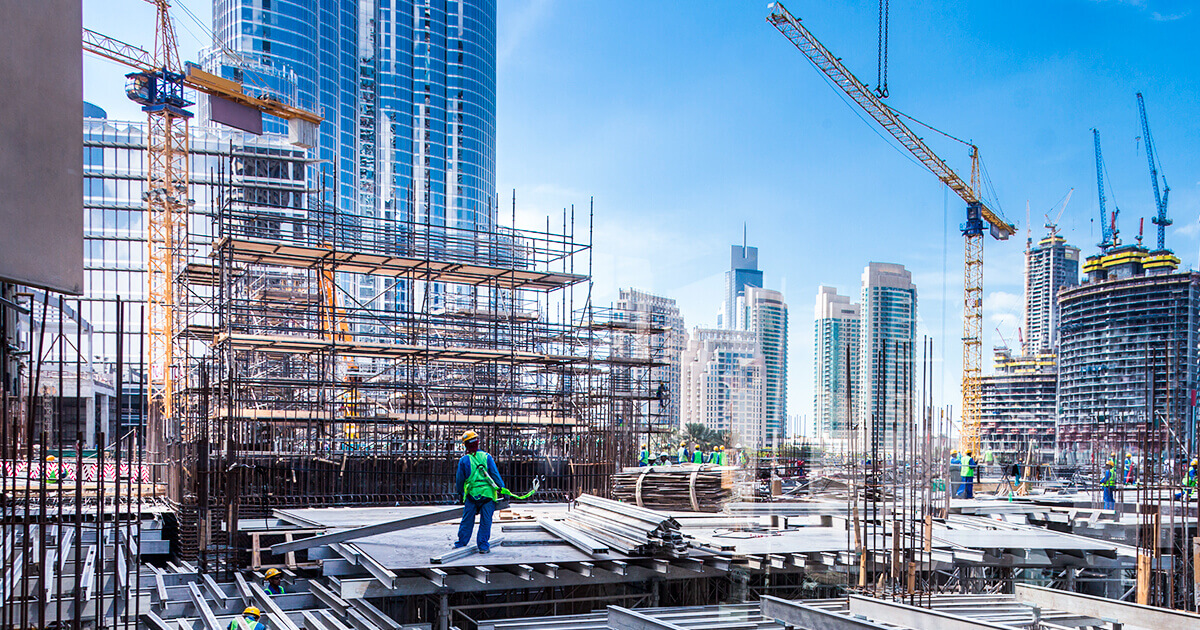
News Global Market construction 1867 21 March 2024
Compared to January 2023, the indicator increased by 0.1%
Production in the construction sector of the European Union in January 2024 decreased by 1% compared to the previous month. Compared to January 2023, the seasonally adjusted figure increased by 0.1%. This is evidenced by preliminary data from Eurostat.
Among the EU countries, the largest monthly decline in construction in January was recorded in Romania (-34.3% m/m), Poland (-16.5% m/m) and the Netherlands (-9.9% m/m). The highest growth was observed in Hungary (+10.2% m/m), Germany (+2.7% m/m), and Sweden (+2.4% m/m).
The construction of engineering structures in the EU fell by 0.8% m/m and increased by 1.8% y/y, while the construction of buildings (residential and non-residential) decreased by 2.7% m/m and increased by 2.9% y/y.
According to the final data for December 2023, production in the EU construction sector increased by 1.3% compared to the previous month. The construction of engineering structures in the EU increased by 0.5% m/m and 6% y/y over the month, and the construction of buildings (residential and non-residential) – by 1.7% m/m and 2% y/y.
The predominant stagnation of the EU construction sector has a negative impact on demand and sentiment in the domestic long products market. Since the end of 2020, construction in the EU has been in a long period of recovery thanks to significant government support, which has boosted demand for steel products. However, since the beginning of 2023, the European construction sector has been suffering due to macroeconomic problems and market uncertainty.
Average annual production in EU construction in 2023 increased by 0.1% compared to 2022.
According to Eurofer, in 2024, construction volumes in the EU will decline by 0.4% y/y. However, a positive growth trend of 2% y/y is expected in 2025.
In 2023, housing construction experienced a decline due to the tightening of monetary policy by the European Central Bank (ECB) to curb inflation. However, more positive dynamics were observed in civil construction, which proved to be resilient to these conditions, but still could not compensate for the decline in residential construction.



